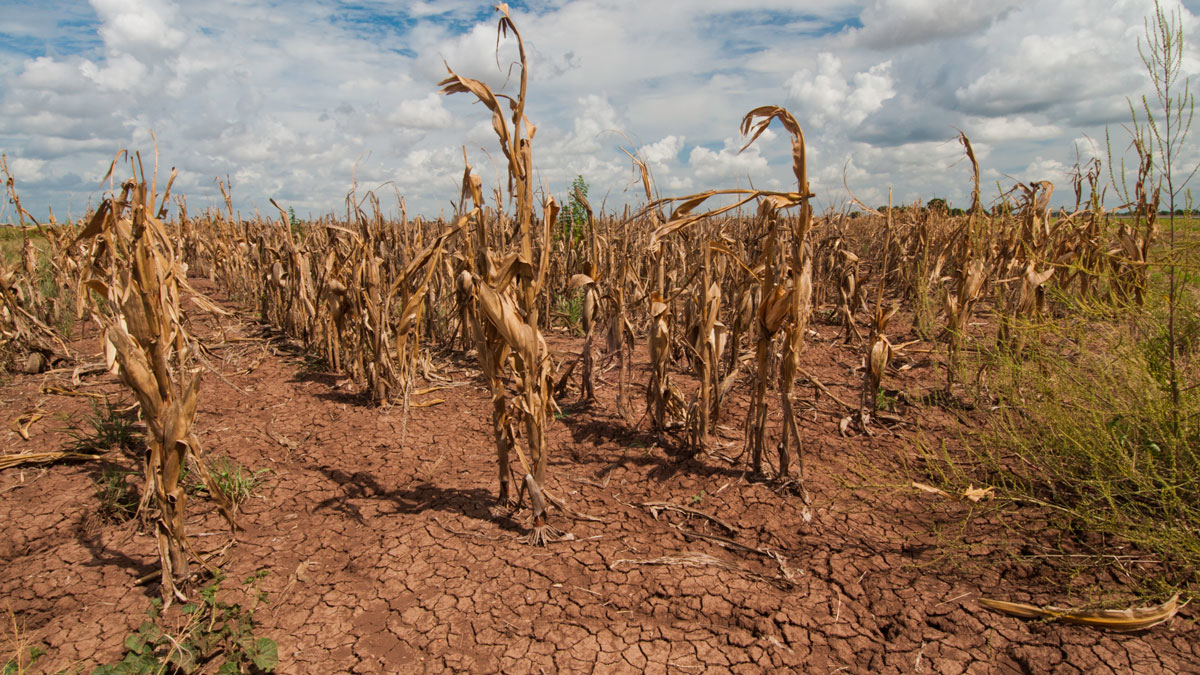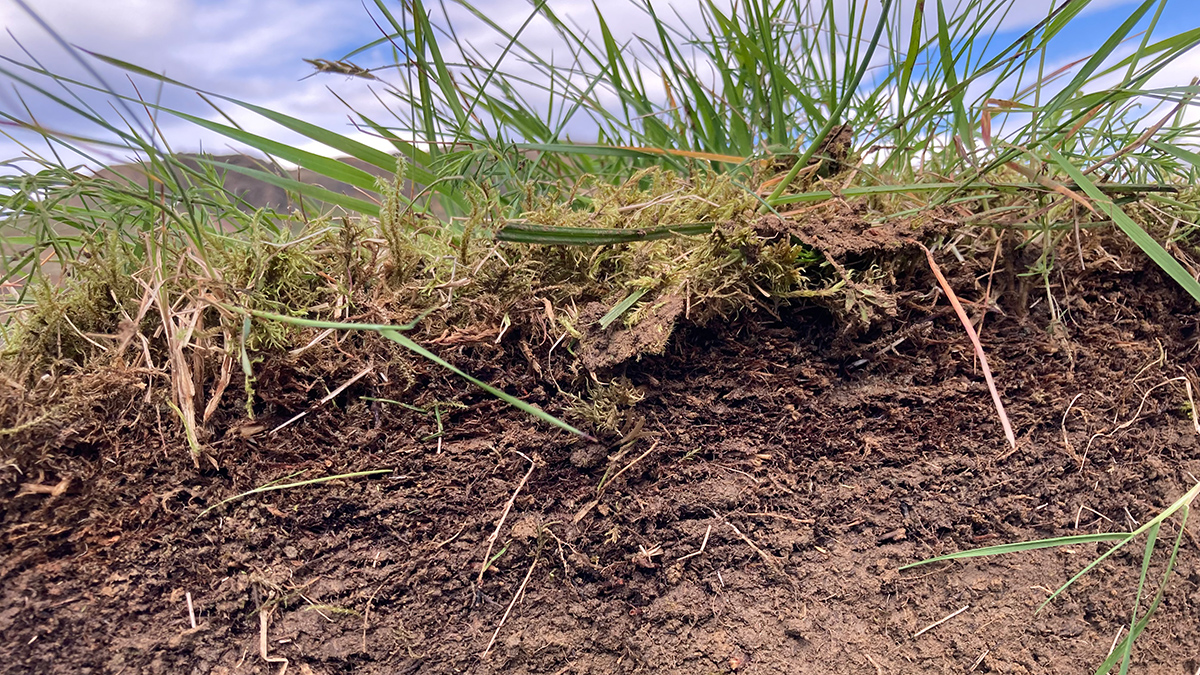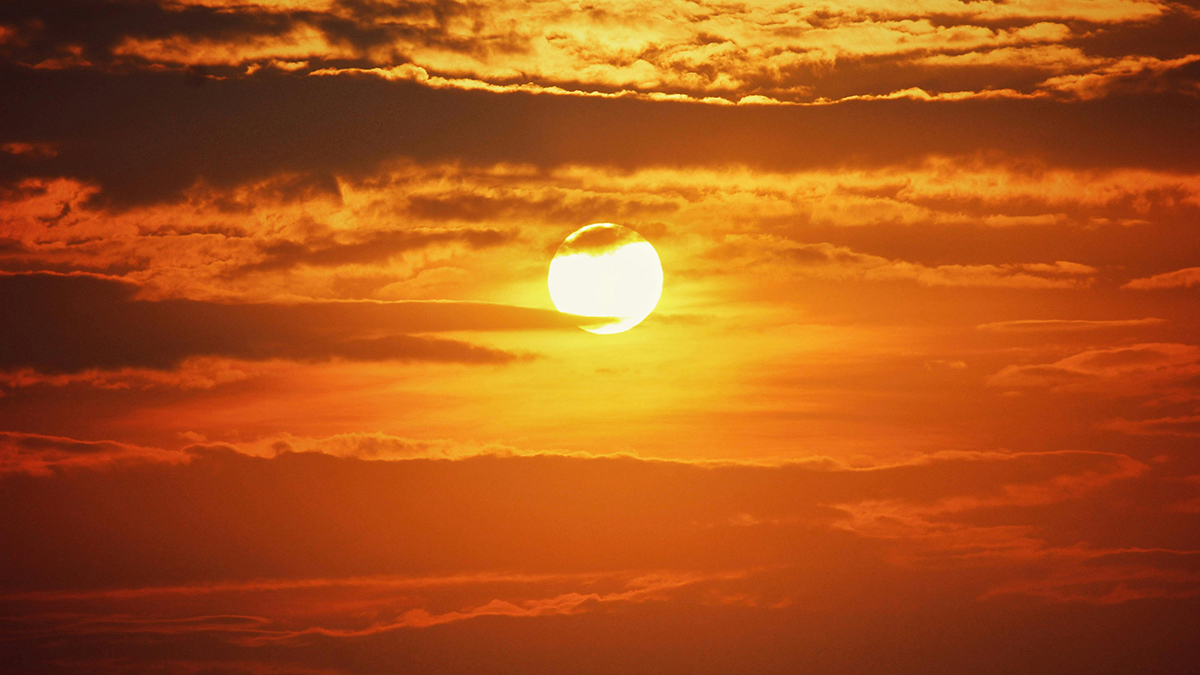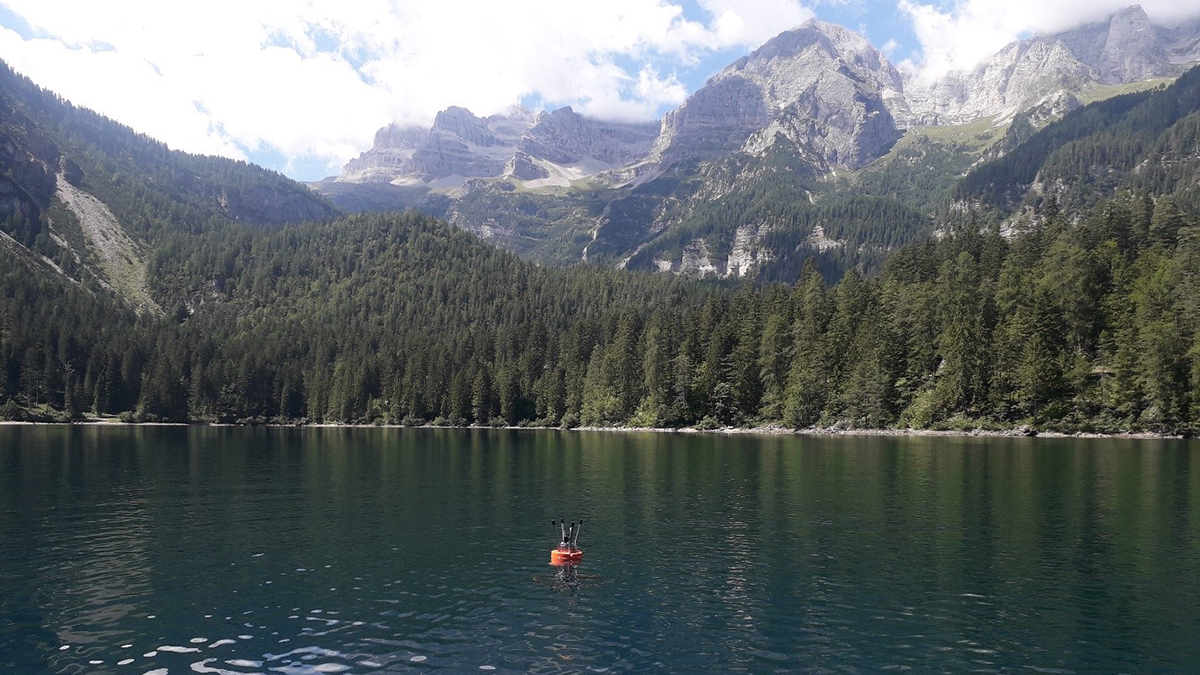Researchers introduce a new variable to quantify the relative contributions of heat and humidity to humid heat.
temperature
The Moana Project Braids Tradition and Science for a More Sustainable Ocean
Scientists and Māori communities in Aotearoa New Zealand are gathering knowledge on marine conditions and ecosystems to protect livelihoods and help ensure a sustainable future for the blue economy.
Spiral Waves May Explain the Sun’s Baffling Rotation
New observations and models show a connection between high-latitude waves in the Sun’s interior and the different rates of spin between the solar equator and poles.
Climate Change Is Likely to Slash Global Income
A new study estimates that climate change could cost $38 trillion per year, but emissions mitigation and adaptation strategies could limit future damages.
How Are Deep Soils Responding to Warming?
Scientists aim to integrate observations from deep-soil-warming experiments worldwide to better understand how ecosystems vital to food security and environmental health will react to climate change.
Temperaturas récord posiblemente continuarán ante la persistencia de El Niño
Es probable que las temperaturas globales superficiales del aire se mantengan elevadas durante el comienzo del verano debido a la persistencia del evento de El Niño.
Mars as a Driver of Deep-Sea Erosion
An analysis of breaks in deep-sea sediment links the geological record to a 2.4-million-year cycle that heats Earth and ventilates our oceans.
Low-Level Clouds Disappear During a Solar Eclipse
Cumulus clouds rapidly dissipate as the land surface cools, a finding that has implications for Sun-obscuring geoengineering efforts.
ارتفاع درجة حرارة المحيطات يمهد الطريق لحدوث موجات جفاف خطيرة، ولكن يمكن التنبؤ بها، في شرق أفريقيا
اكتشف العلماء رابطة بين التدرجات الحرارية في المحيط الهادئ وبين موجات الجفاف الفتاكة والتي يمكن التنبؤ بها في شرق أفريقيا.
Challenges and Prospects for Modeling Lake Water Temperature in a Changing Climate
Climate change is having a significant impact on the temperature dynamics of lakes worldwide, affirming the need for accurate modeling to inform management and conservation strategies.










